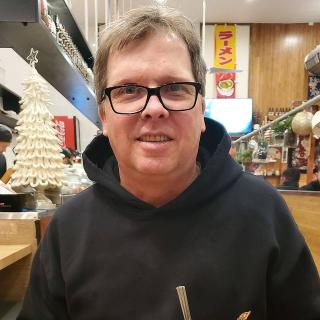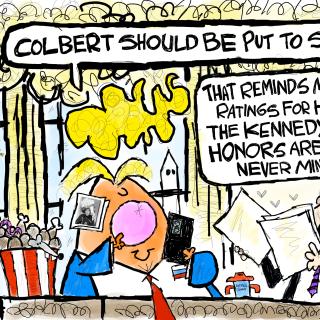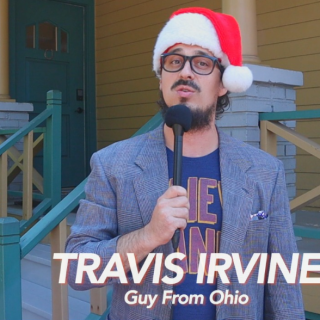On the 31st of July, Yellow Springs Ohio was the site of a major police operation that involved multiple agencies. The resulting standoff left one resident dead from police gunfire and residents with serious questions about police conduct. Ohio Attorney General Mike Dewine took the opportunity on November 12th to deliver a state Bureau of Criminal Investigation (BCI) report and push for new mental health laws and greater police funding. Questions from the deceased's family were not answered and the press conference ended abruptly.
The BCI report, which has not been released in full, claims to have interviewed over 80 residents of Yellow Springs regarding the shootout and death of Paul Schenck in July. Several Yellow Springs residents have declined to give statements to the Columbus Free Press, claiming the police would not take their statements and alleging police harassment and surveillance since their attempts to go on record. Some residents gave statements and documentation to the Free Press on the condition their names be withheld, fearing police retaliation.
Dewine's prepared speech, which was based on the BCI report summary, contains statements that are not consistent with information the Free Press is in possession of. The report claims in the final moments of confrontation, a single officer fired what he claimed were three shots, slaying Schenck, who was confirmed dead hours later by police robot. It was later admitted in the report that the officer actually discharged his weapon, an AR-15 assault rifle, five times at a distance of 45 yards. Multiple residents reported hearing fully-automatic fire, which some alleged to be an AR-15, multiple times throughout the night.
An audio recording of the event differs from the alleged facts greatly. A total of fifteen shots can be heard in the final seconds of the recording. At least two in the final salvo of seven shots are fired from a different weapon. These two shots very clearly make a sound consistent with a weapon of a higher caliber than an AR-15. Schenck is not alleged by the police to have been using a weapon more powerful than an AR-15.
The report also alleges that one of the two police armored vehicles, called the “Bear” (to differentiate it from the “Peacekeeper,”) was repeatedly struck by fire from Schenck in the final moments of the standoff. The ricochet of bullets off the vehicle's armor cannot be discerned from the audio.
Dewine expressed sympathy for the Schenck family despite spending the majority of his conclusion recounting a biased version of the man's history going back to his teenage years. Dewine focused on a previous weapons arrest in 2009 that resulted in an Intervention in Lieu of Conviction, which Schenck successfully completed. While in jail awaiting trial, Schenck, as well as several of his friends, allege that he was repeatedly beaten and humiliated by guards. Local police reportedly told the jail guards that Schenck had attempted to kill a police officer, resulting in constant brutality until his bail was secured.
The BCI report presented by Dewine, a native of Yellow Springs, discusses failed attempts at negotiation with Schenck. Despite Schenck being unable to answer his phone no police attempt was made via the robot present at the scene to deliver a means of communication. Both the report and eyewitnesses confirm that Shenck had repeatedly yelled that his land line did not work.
From the BCI report: “Deputy Hughes said that he heard Detective Meadows saying, “Paul, talk to me. Answer the phone. I am trying to talk to you on the phone.” Like Officer Matheson, Deputy Hughes also heard Paulie indicate that he did not have a phone. Additionally, Deputy Hughes said that he never heard a phone ring inside the house.”
Family and friends were not permitted by police to help with any attempt at deescalation of the standoff. Negotiations consisted primarily of commands delivered via the public address system installed in an armored police vehicle.
The local prosecutor still retains the right to investigate the shooting and present his findings to a grand jury. Dewine, despite his familiarity with only a sanitized version of events, did not indicate that such action is warranted. Police surveillance of witnesses who came forward with information contrary to the official story may have chilled any prospect of a real investigation. This surveillance takes place against a backdrop of what some Yellow Springs residents allege is a generalized recent pattern of police abuse and misconduct. The Free Press will continue to follow this story and investigate. We will always protect our sources from exposure and retaliation.



